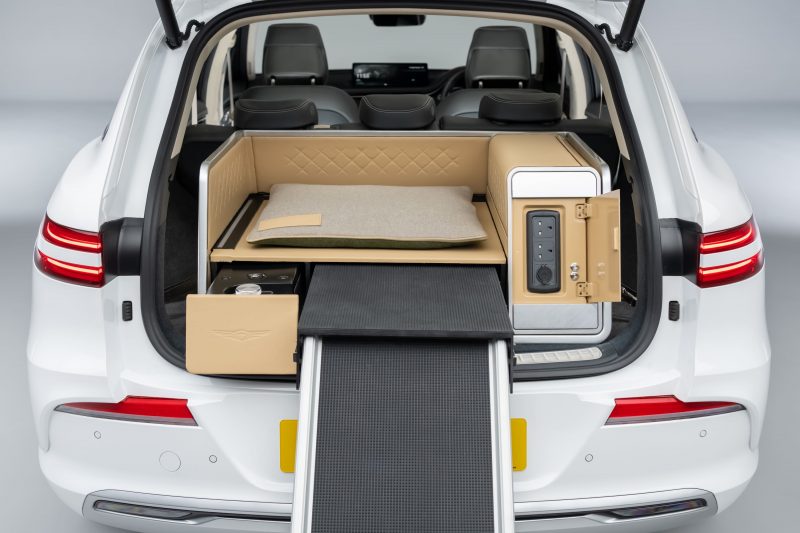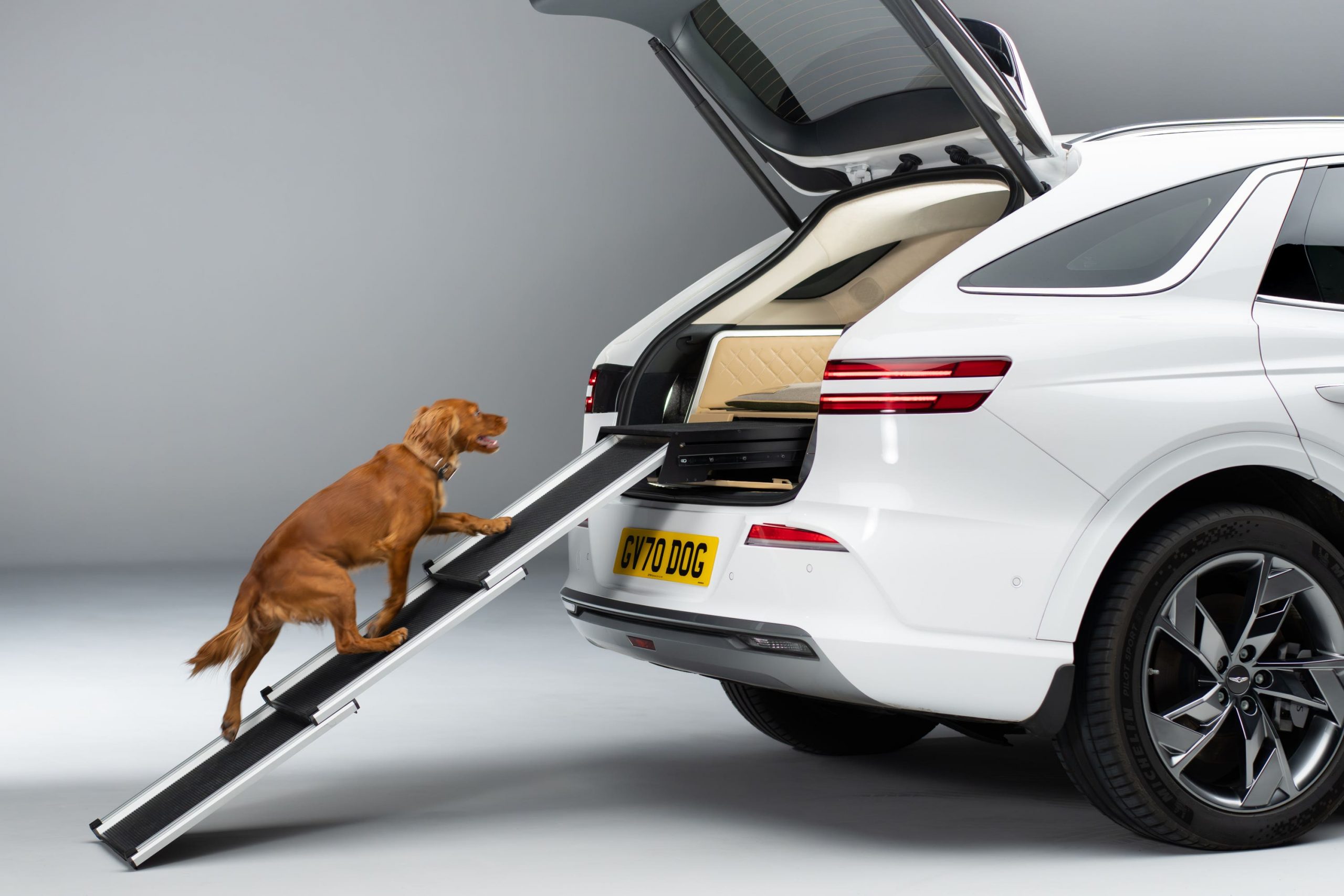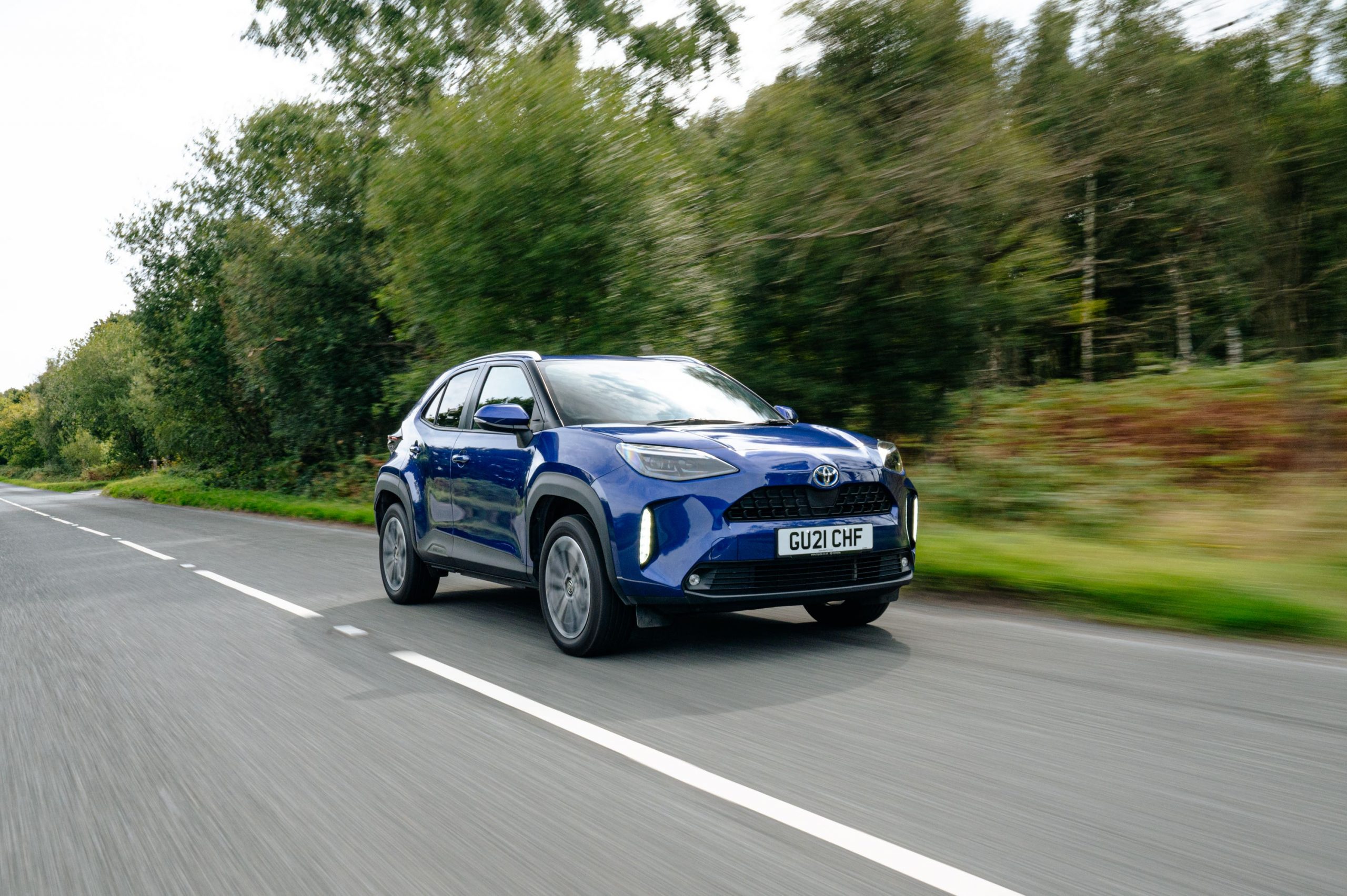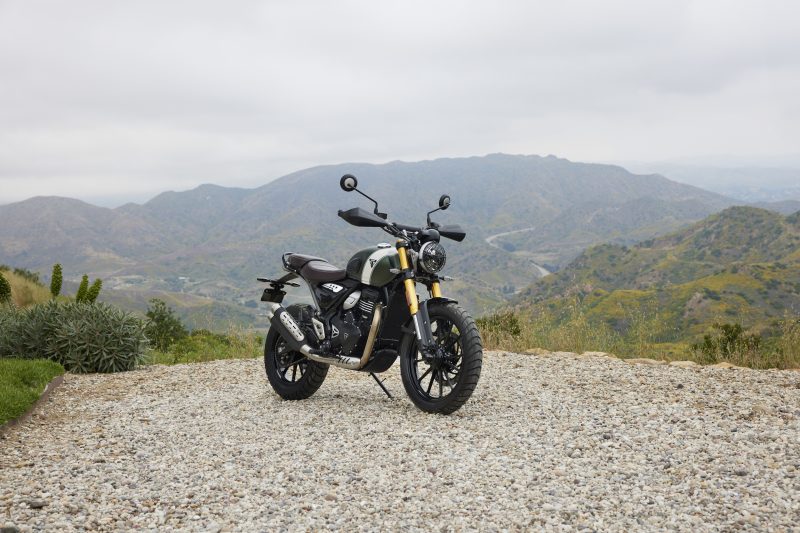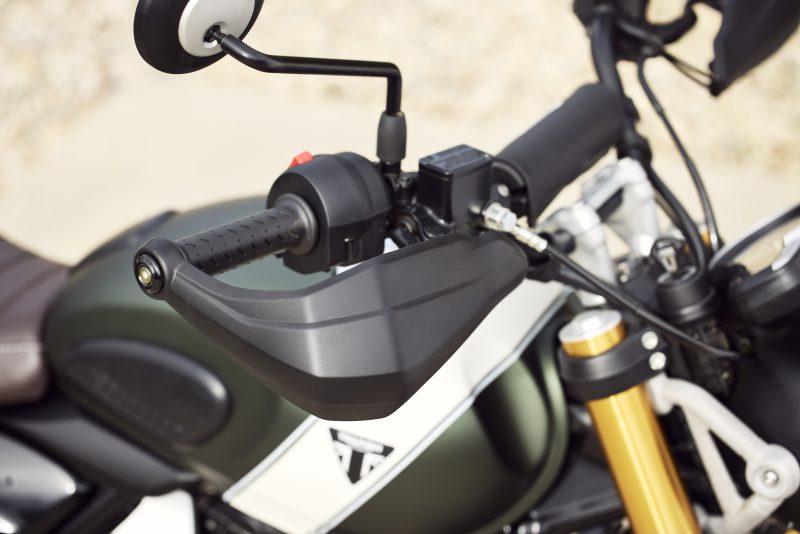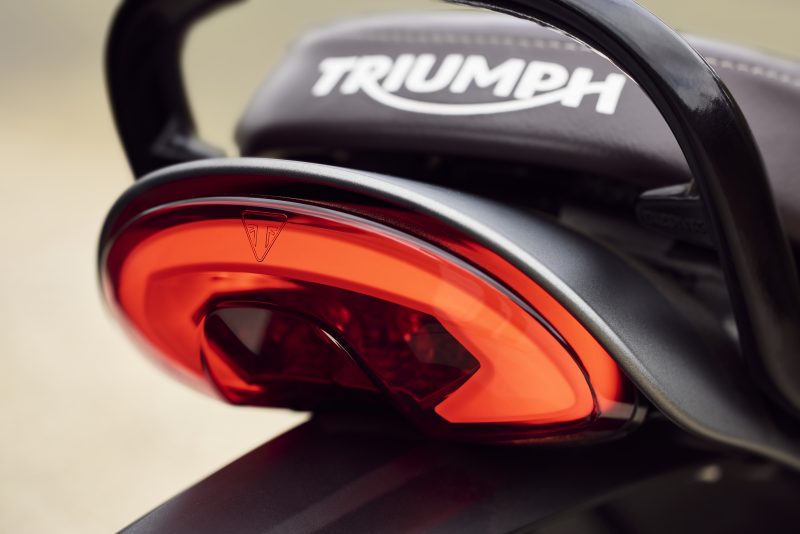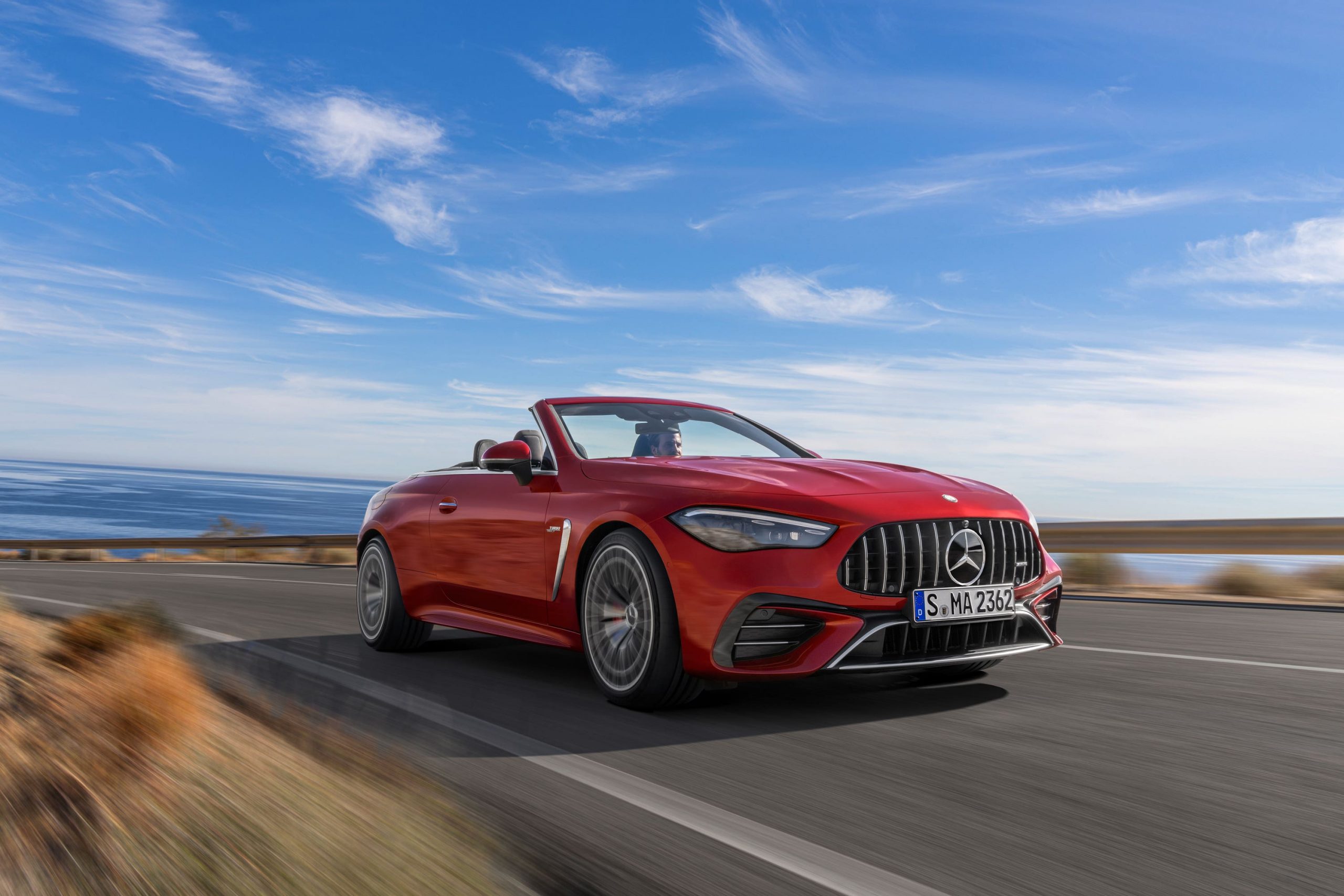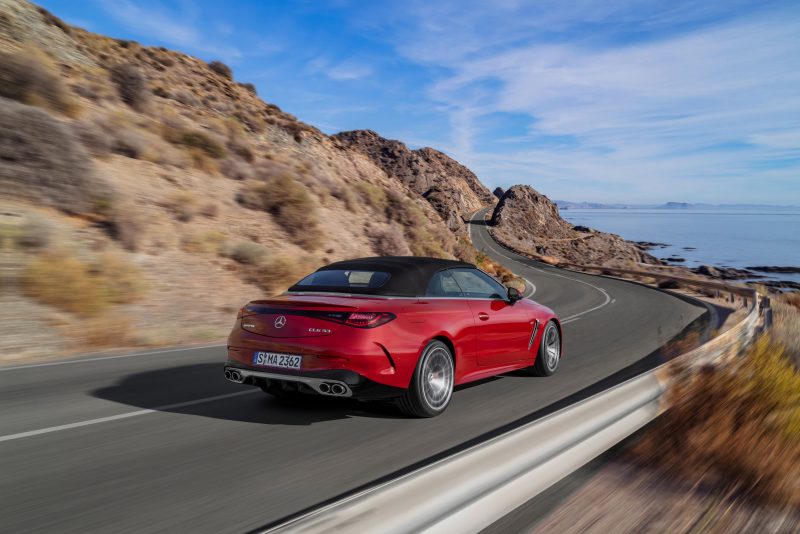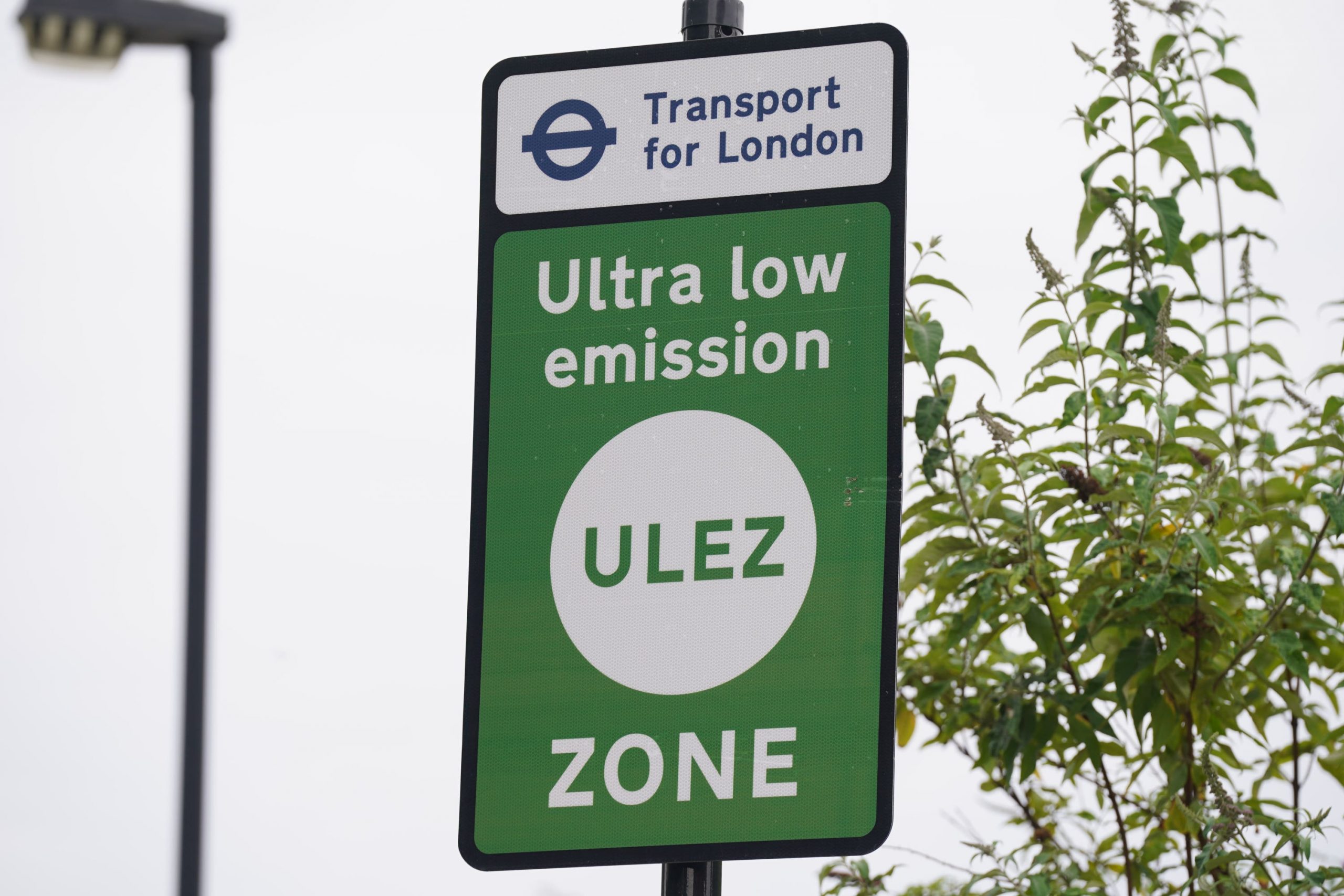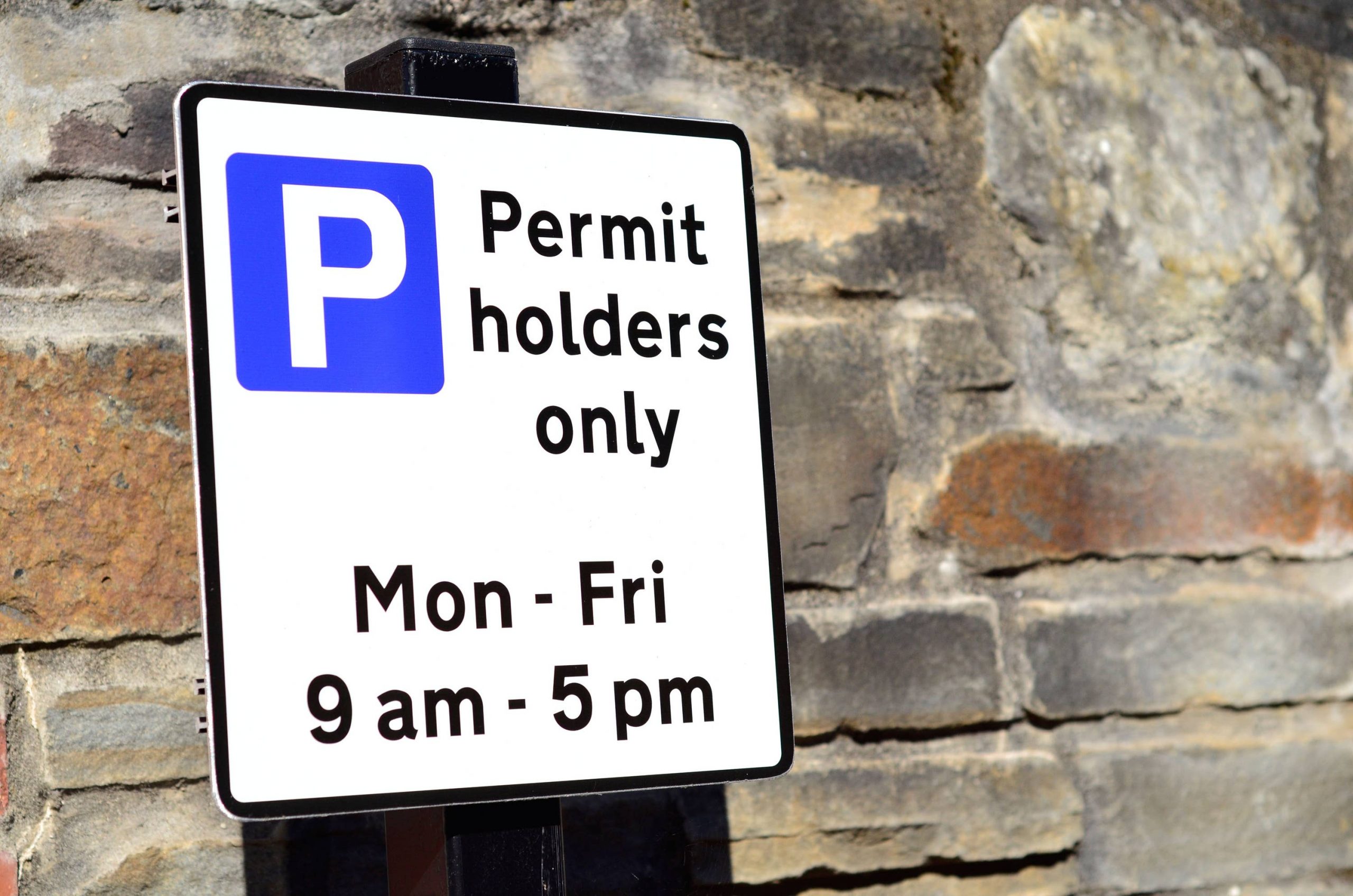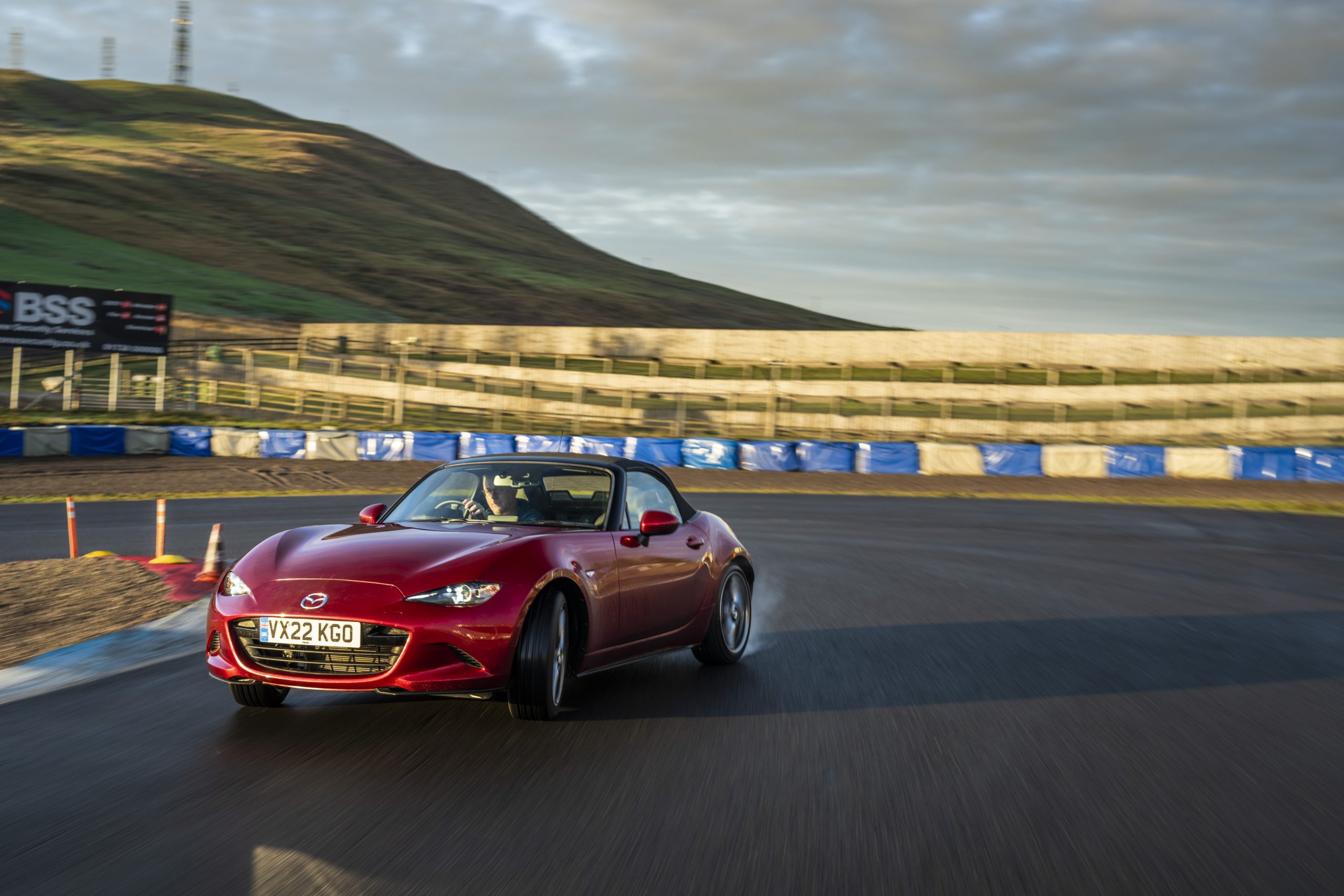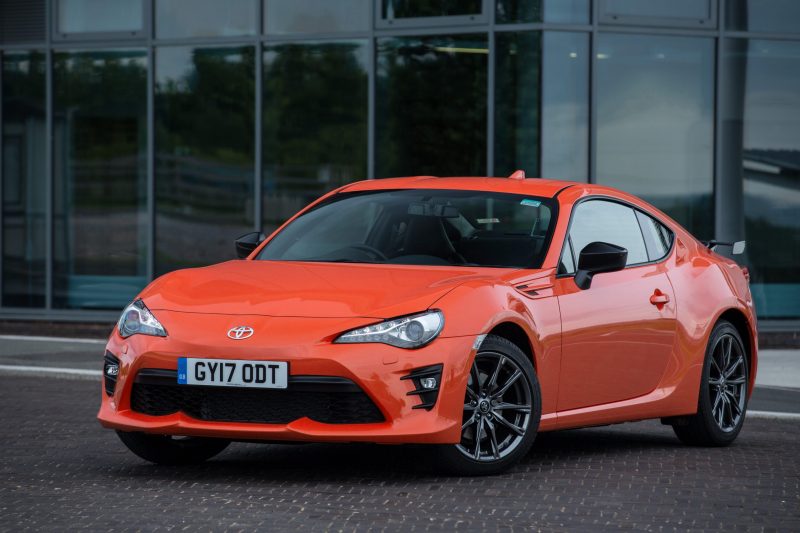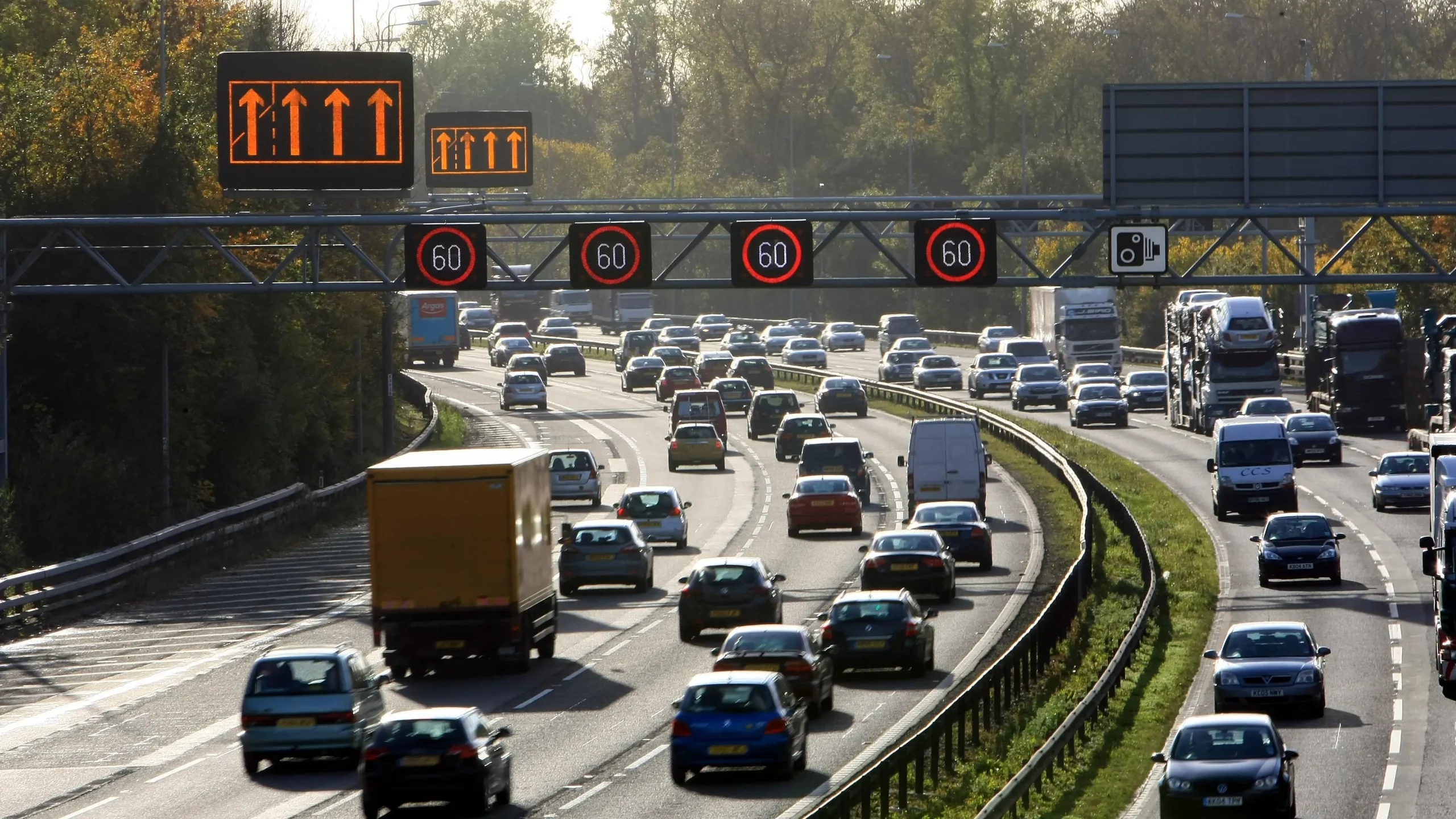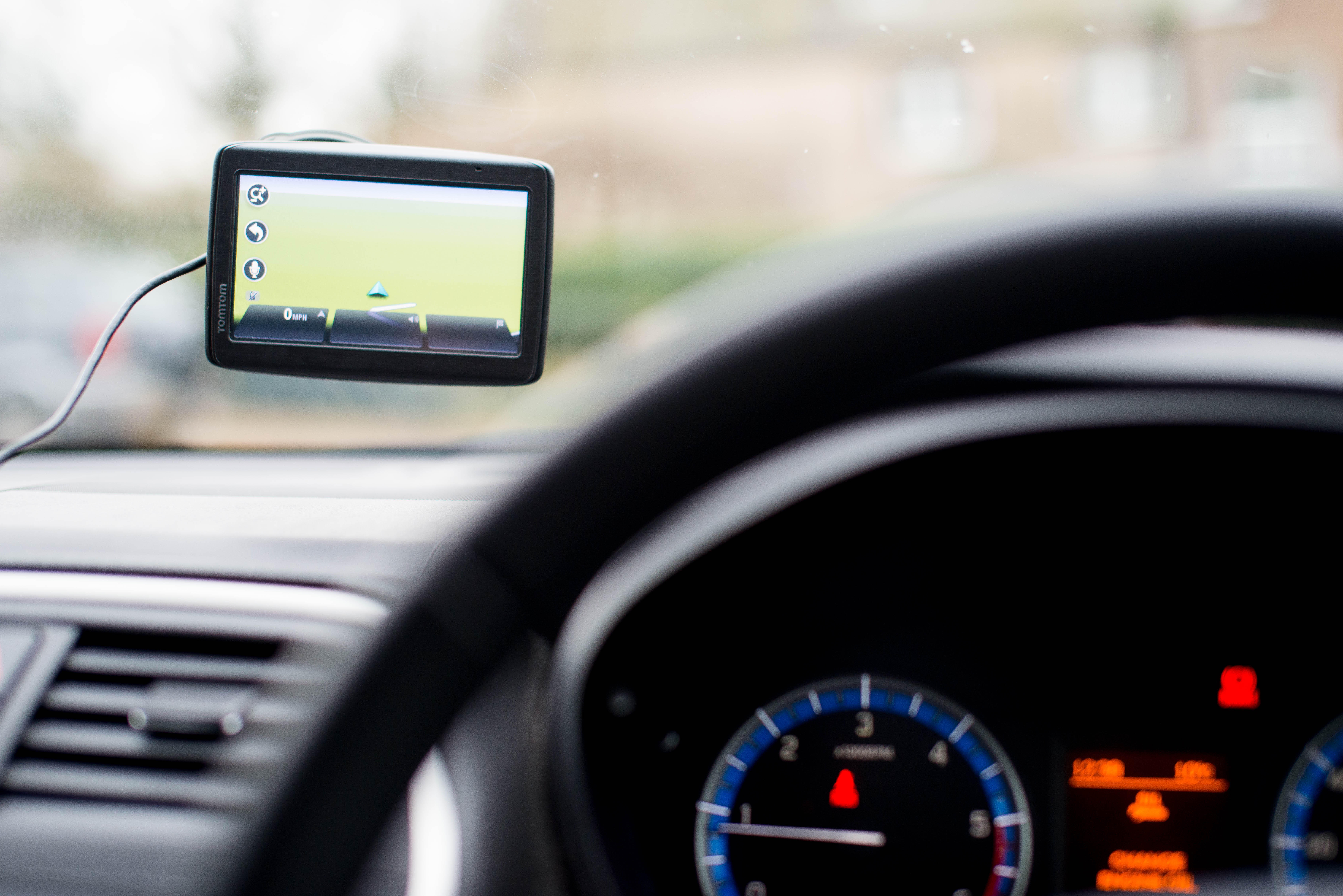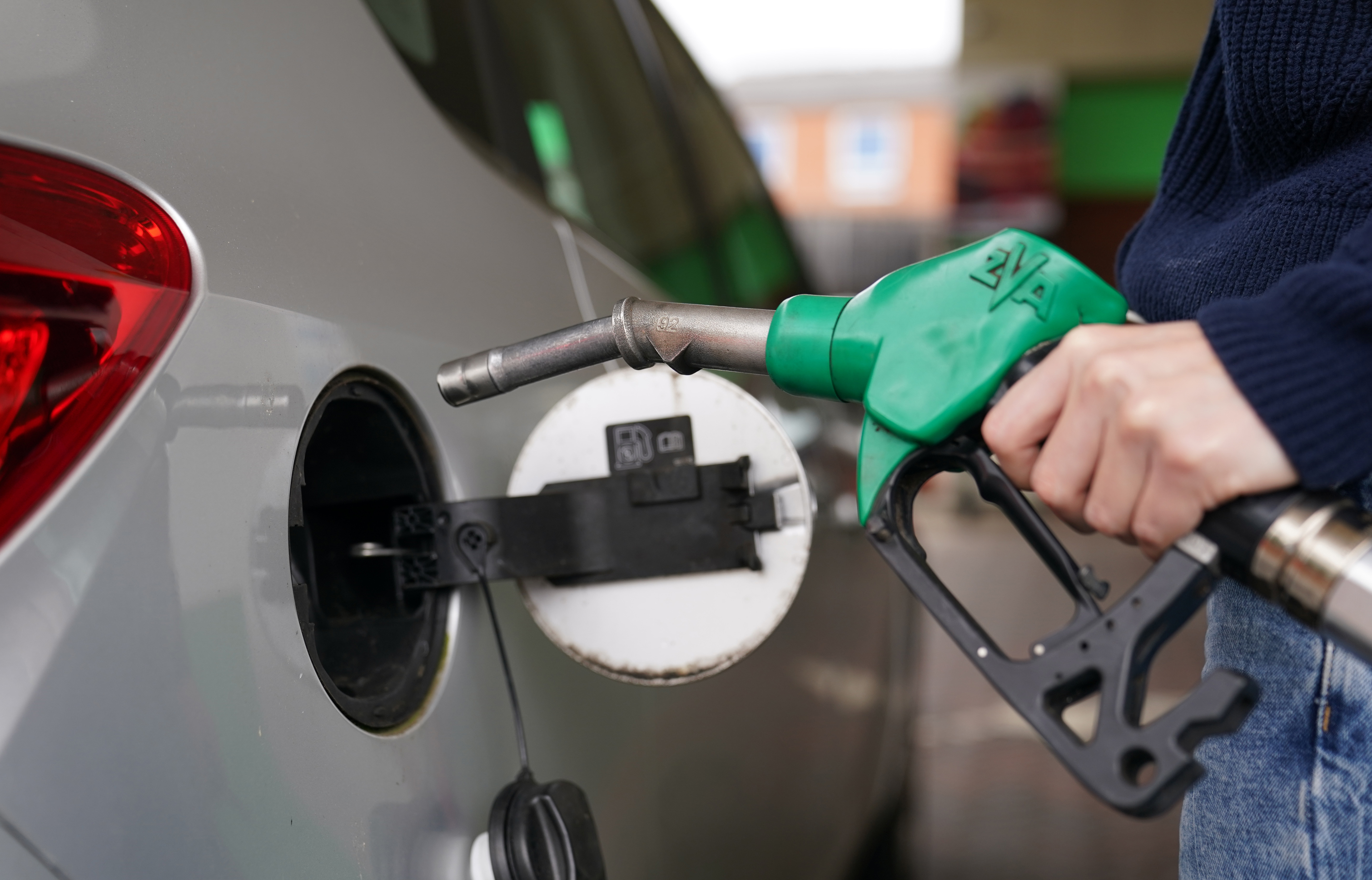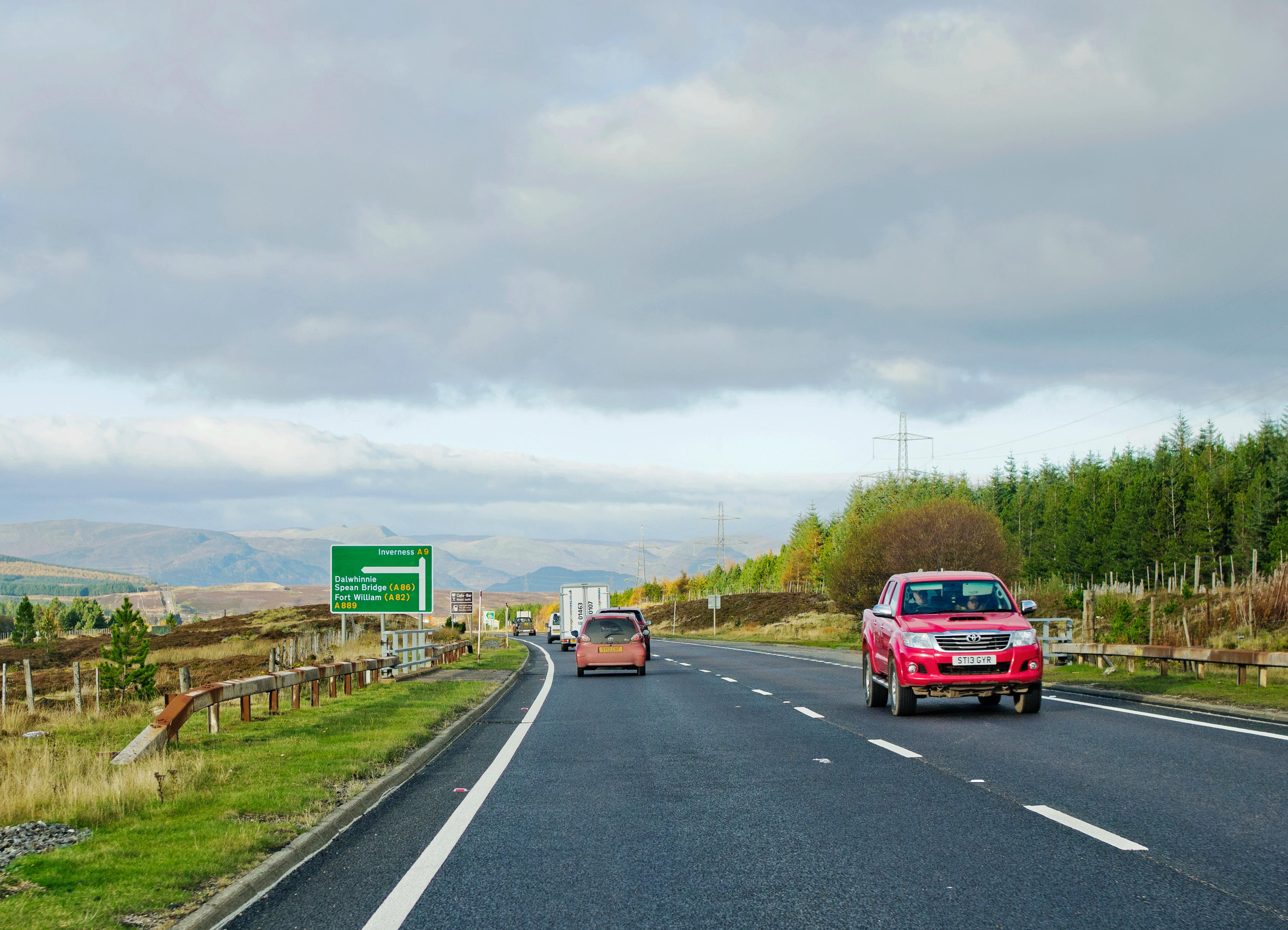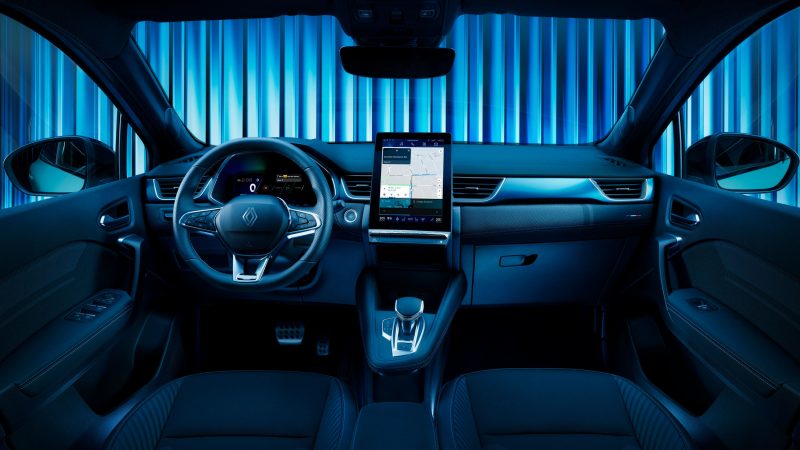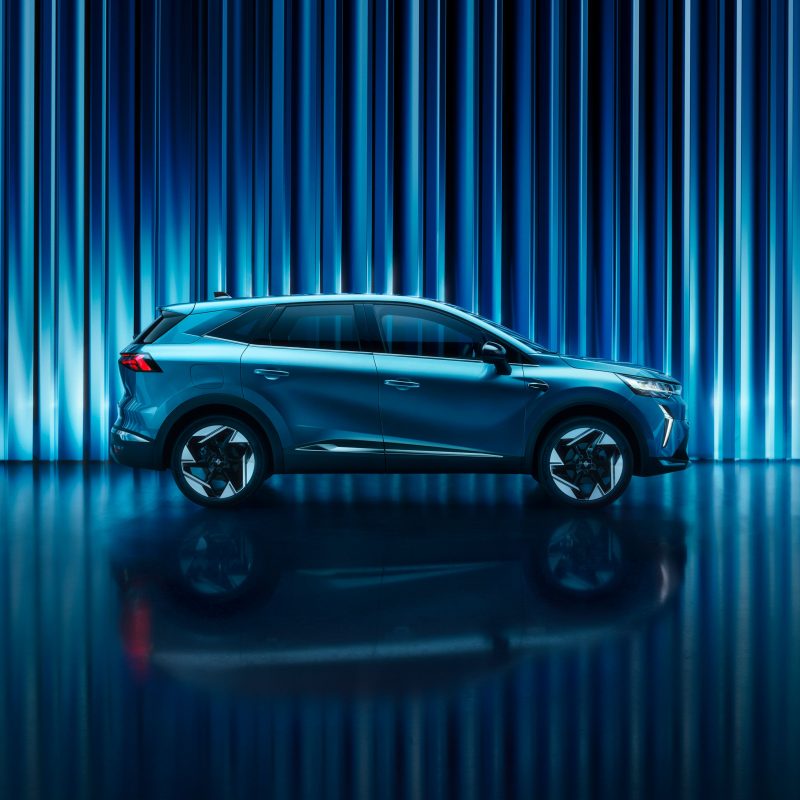Diesel car drivers are being charged up to £250 extra per year for parking near their homes as more than half of London’s councils impose air pollution surcharges, an investigation has found.
Residential on-street parking permits are more expensive for diesel vehicles in 18 of the capital’s 32 boroughs, according to analysis by the PA news agency.
The additional fees, levied to discourage polluting diesel cars as part of efforts to tackle a widespread problem with air pollution, are charged by only a handful of local authorities elsewhere in the UK.
A motoring group branded diesel surcharges a “cash grab” by councils, but environmental campaigners backed them as a tool to cut air pollution, urging more councils to follow suit.
Many drivers wanting to park a vehicle on the street near their home are required to buy a permit from the local authority.
PA analysed the cost of permits issued by councils across the UK.
The highest additional annual fee for parking a diesel vehicle near a home is the £250 charged by east London’s Hackney Council.
The surcharge is halved for council estate residents, while some modern diesel cars are exempt.
Among other London councils with additional permit fees for diesel vehicles are Islington (up to £220), Merton (£150) and Camden (up to £115).
Outside the capital, Bath and North East Somerset Council imposes diesel surcharges of up to £80.
Brighton and Hove City Council excludes diesel cars from its cheapest permits, which means some cost up to £62.05 more.
Edinburgh levies a £50 surcharge.
Encouraging drivers to switch from diesels is part of efforts to boost air quality, as the vehicles tend to emit higher levels of nitrogen oxide (NOx) than their petrol equivalents, and are a significant contributor to the problem.
Air pollution, including NOx and tiny particles known as particulate matter (PMs), are linked to a catalogue of health problems and play a role in the equivalent of 40,000 early deaths a year in the UK.
The most recent government figures show that in 2022 nine areas in the UK including Greater London, Greater Manchester, Liverpool, Sheffield, Nottingham Bristol and the West Midlands and West Yorkshire urban areas, as well as England’s south east region failed to meet annual limits for NOx.
Sales of new diesel cars have plummeted in the UK recent years, with a market share of just 7% in the first three months of 2024.
But at the end of September last year diesels still made up 34% of all cars licensed for use in the UK, with 11.4 million.
AA motoring policy spokesman Luke Bosdet said permits should be used to “regulate on-street parking for the benefit of residents, not as a tool to demonise car choice”.
He went on: “Influencing vehicle ownership towards greener alternatives is done evenly through national taxation, such as vehicle excise duty or company car tax.
“National car taxes ensure that all drivers are treated equally and are rewarded or penalised for their choice of vehicle.
“Diesel surcharges imposed by councils discriminate against residents who have to park their cars on the street outside their homes, while their neighbours with driveways and off-street parking can have whatever vehicle they want.
“Ramped-up parking permit costs are simply a council cash grab.”
But Friends Of The Earth warned that analysis in 2022 showed that 4.5 million Londoners lived in areas where air pollution levels were double World Health Organisation guidelines, which are stricter than UK limits, for at least one of the two key air pollutants.
Much of England and Wales also suffers from poor air quality, the green group said.
The organisation’s pollution campaigner Jenny Bates said: “Variable parking charges are one of the tools local authorities can use to help cut air pollution and encourage motorists to choose cleaner vehicles. This is an initiative we hope more councils will follow.”
She added: “Other policies are also needed to improve air quality and help people get around including better public transport, safer cycling and walking facilities and greater support to help people switch to electric cars.”
Leo Murray, co-director of climate charity Possible, said: “Real-world emissions tests show that toxic NOx emissions from diesel cars in London are on average six times higher than those of petrol cars.
“We need to start seeing more local authorities using parking policy to discourage dirty private cars.”
A Hackney Council spokesperson said: “London’s toxic air is causing a public health crisis and we know that the increased particulate emissions from diesel vehicles can lead to serious health conditions.
“That’s why we introduced a diesel surcharge in 2015, which is encouraging people to switch to cleaner vehicles.”
Darren Rodwell, transport spokesperson for the Local Government Association, which represents councils in England and Wales, said: “It is a matter for each council, based on local factors, on how they may wish to improve air quality and reduce pollution, which could include diesel surcharges for residential parking permits.”
Many councils charge different fees for resident parking permits based on a car’s emissions of carbon dioxide, the most significant greenhouse gas driving climate change.
– Here are all the UK councils identified by PA as having a diesel surcharge for residential parking permits (maximum amount for a household’s first vehicle in brackets):
In London:
Barking and Dagenham (£75)
Barnet (£12.20)
Brent (£100)
Camden (£114.69)
Croydon (£50)
Ealing (£55)
Greenwich (£50)
Hackney (£250)
Haringey (£80)
Harrow (£21)
Hounslow (£62.50)
Islington (£220)
Kensington and Chelsea (£82)
Lambeth (£140)
Lewisham (£50)
Merton (£150)
Southwark (£72.60)
Tower Hamlets (£73)
Outside London:
Bath and North East Somerset Council (£50)
Brighton and Hove City Council (£62.05)
City of Edinburgh Council (£50)

